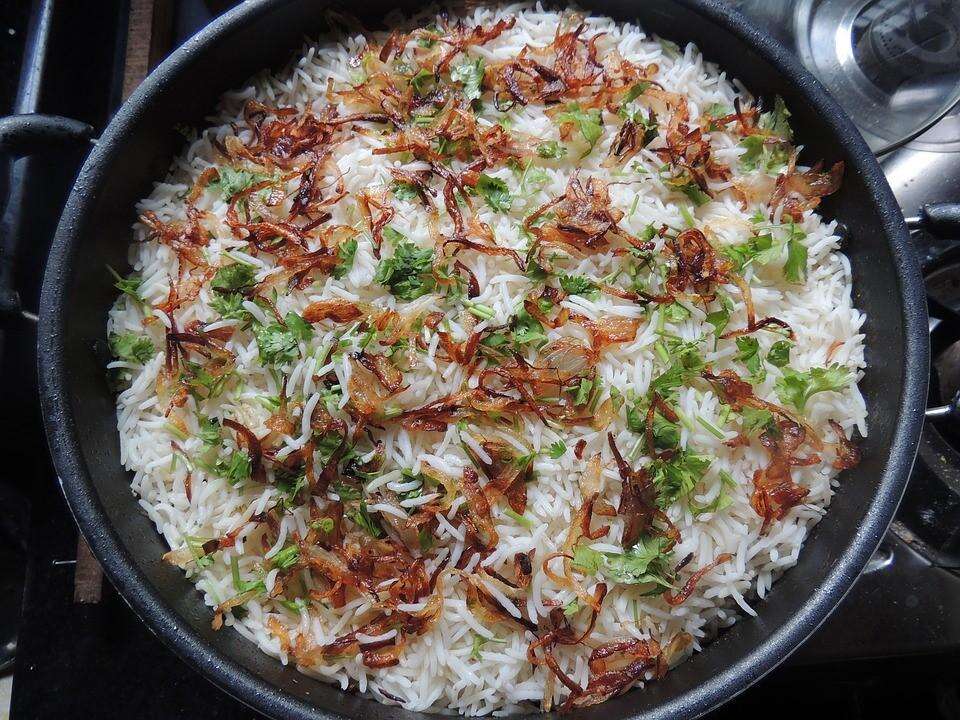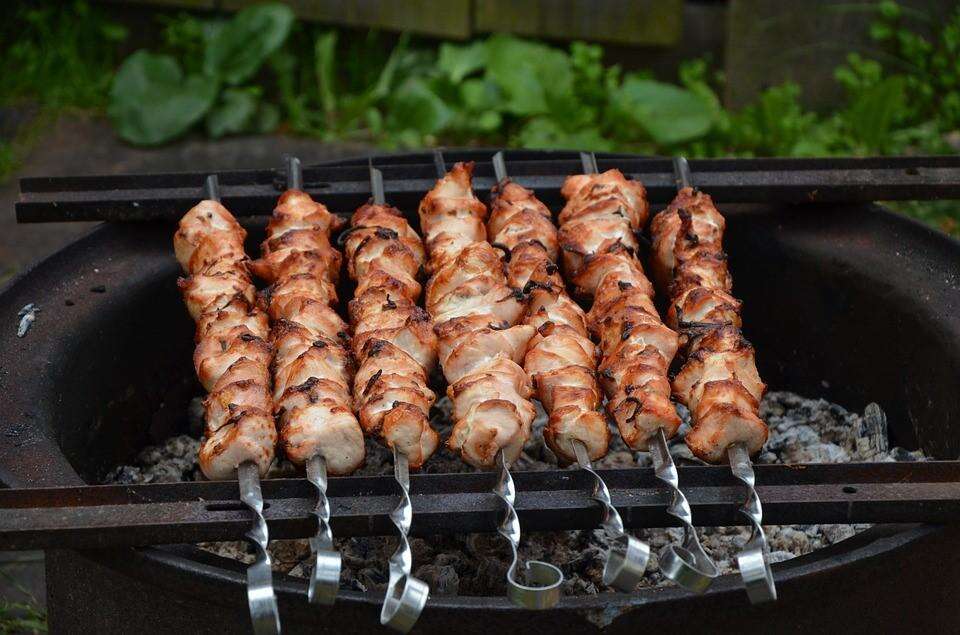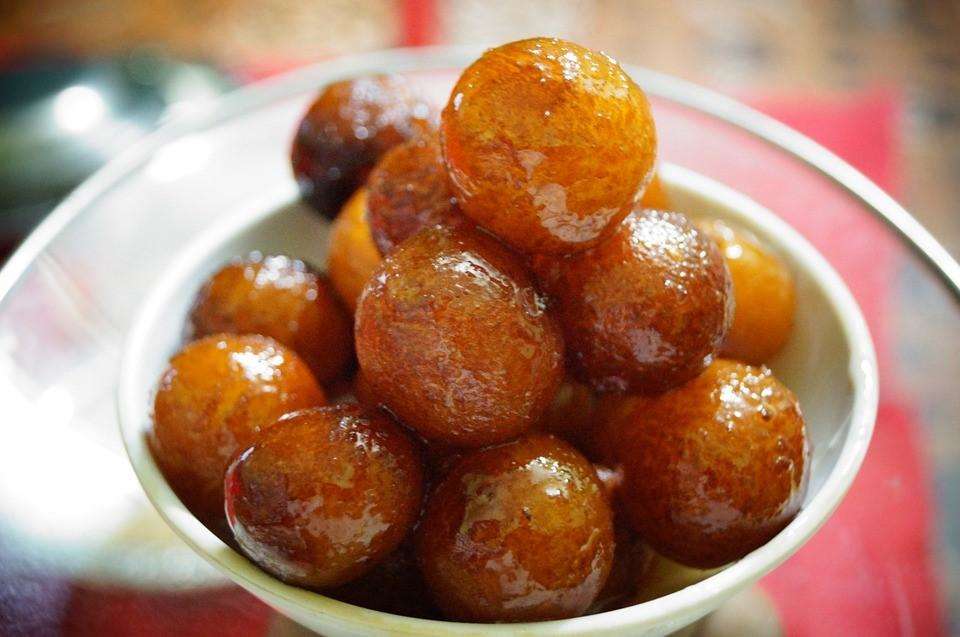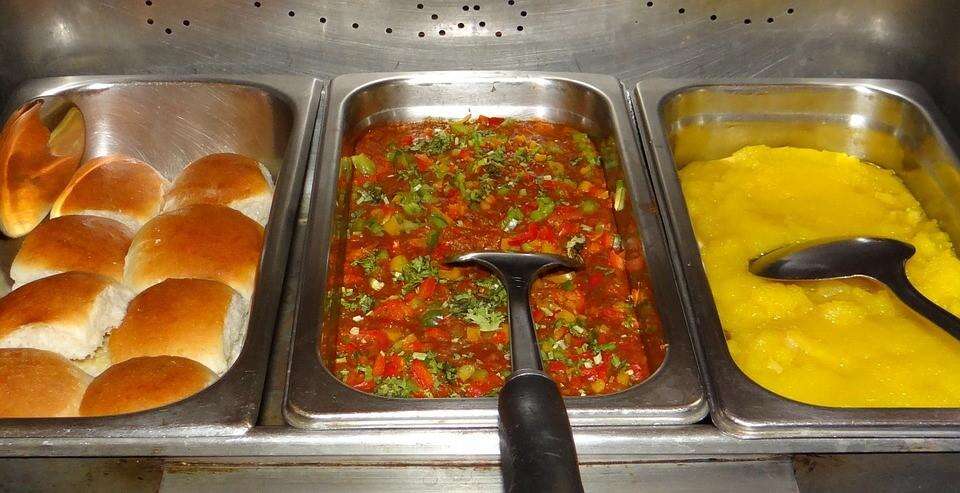The Story Behind 5 Famous Indian Dishes

While savoring our favorite dishes and relishing their taste, have we ever thought what lies in their name? Well, yes! There are interesting stories behind the nomenclature of our favorite dishes. So, get ready to be surprised with some interesting anecdotes and stories about these mouth watering delicacies.
Biryani

Let’s start with everyone’s favorite one-pot dish “Biryani”. There are many theories and beliefs regarding the origin of this dish. It is believed that Biryani was first made in Persia. The word Biryani came from the word “Birian” which means “to fry”. Another theory says that biryani is derived from the word “birinj”, a Persian word for rice.
It is said that Mughals brought Biryani to India in the 15th century and it was first cooked when Babur came to India. Yet others believe that it was the Arab traders who introduced this tasty dish to
Indian palate. It is also believed to be the diet of Timur’s army, who buried earthen pots full of rice, various spices and meats in a hot pit and later digging it and eating it as a quick nourishment.
As per an interesting and popular story Mumtaz Mahal, the lady behind the iconic TajMahal, once visited the army and found the soldiers malnourished. The kind lady asked her chef to prepare a wholesome meal which was a proper balance of meat and other essential nutrition and thus the Khansama (cook) created the Biryani.
The Mughals were very fond of eating Biryani and it was considered a ‘nawaabi’ dish. The various Nawabs and rulers spreading to different parts of the country took with them their love for Biryanis and thus were born the Awadhi biryani of Lucknow, Hyderabadi Biryani and Calcutta biryani and many others.
Kebab

And here is the scoop on another mouth watering Dish; the Kebabs. Kebab is one of the most popular dishes, which is eaten in almost all parts of the world. The Arabic word “Kebab” means “to roast”. The kebab is said to have a middle-eastern origin. In different countries, Kebab is known by different names and has different varieties. Like in America, Kebab is called as kabob.
Some historical accounts suggest that the Turkish soldiers used their swords to grill the meat over the fire. All the soldiers could find were the animals, so they ate the flesh by cooking the meat till tender, over the direct fire. This gave rise to Kebab.
In fact, the earliest source that mentions kebab as a food item is the Turkish script of Kyssa-i Yusuf from the year 1377. Kebabs came to India in 1200 AD. Sadat Ali Khan, the first Nawab of Oudh, brought the dish from Persia.
Kebab has been through various improvisations since years. There are innumerable varieties of kebabs found in different parts of the country and worldwide. Shami kebabs, Seekh Kebabs, Donor kebabs, Shish kebab, Boti kebab etc to name a few.
Gulab Jamun

Time to tempt your sweet tooth! Gulab Jamun is a dish popularly eaten all over South and Central Asia. GulabJamun comes from the combination of two words, Gulab, gol (flower) + ab (water) meaning rose water and Jaman, an Indian fruit.
Babur conquered India in 1526 A.D. and it was during this time the desserts of Central Asia reached India. GulabJamun is known as luqmat al qadi in Persia, which is cooked in honey syrup. Indians gave some variation to the original recipe and created GulabJamun. In fact, the court slaves actually collected thousands of rose petals and handed over to the ‘khansamas’ (cooks) to prepare the rose syrup. It is also said that it is called GulabJamun due to its shape and color. The orbit like shape and dark color of Gulabjamun looks like a berry (Jamun) and the sugar syrup using rose water completes the dish, hence this name.
Pavbhaji

A typical Indian who is fond of spicy food, is sure to be a lover of Pavbhaji. A Maharashtrian delicacy, this is a combination of mashed vegetables in thick gravy, eaten with a soft bread called Pav. This dish was made for the workers of the textile mills in Mumbai.
The workers at the mills used to get very tired after vigorous work, and they got very short lunch breaks. They needed a meal which was filling yet not too heavy and nutritious yet cook to eat and cheap. The street vendors started mixing all the various vegetables that were leftover with them, mashed them up and added dollops of butter with spices. Combining it with Pav (bread) made it a hearty and a complete dish in itself.
The Pav or Pao part of the dish was brought by Portuguese in their brief stint in India. Portuguese mostly stayed in Mumbai, hence their dish Pao is more famous in this region till today. Bhaji was combined with Pav because bread soaks the butter much better than the roti.
Also, the vendors found it easier to lightly toast the Pav, rather than making fresh roti for all. The appetizing and spicy dish was instantly loved by the mill workers and it slowly became a much loved dish by the people, especially in India.
Rajma Chawal

The blend of Rajma and steamed rice tops the chart when it comes to favorite cuisines especially for North Indians. But how many of us are aware that Rajma or kidney beans, is a Mexican dish? Mexicans use Rajma or Kidney Beans in a number of ways. The soaking and boiling were a technique initially practiced in Mexico.
The Spanish and Portuguese traders were the people who brought Beans to Europe. Beans, a powerhouse of protein, was need of the hour for sailors. They took the beans to various parts of the continents of Asia and Africa. It was later called kidney Beans not just because of its shape but also because it was believed that the bean can treat kidney diseases.
When it came to India, it was called as Rajma (Raj – King Sized Ma or Dal). Rajma became so popular that it is now even grown in North Indians states of Himachal Pradesh and Jammu.
.jpg)